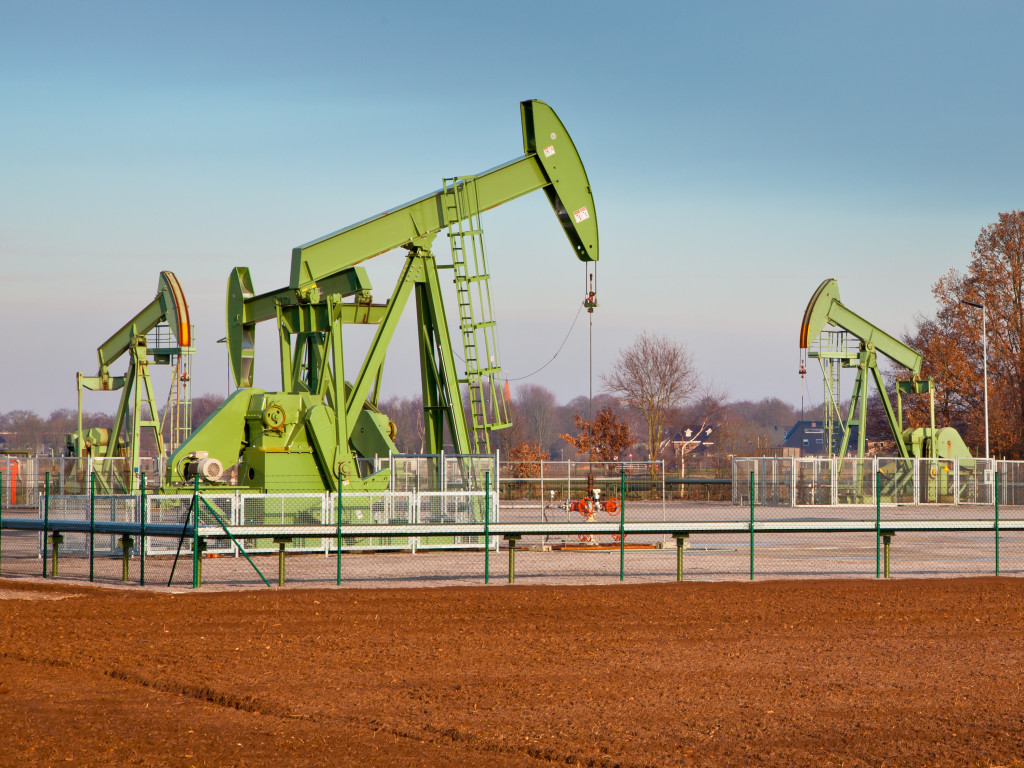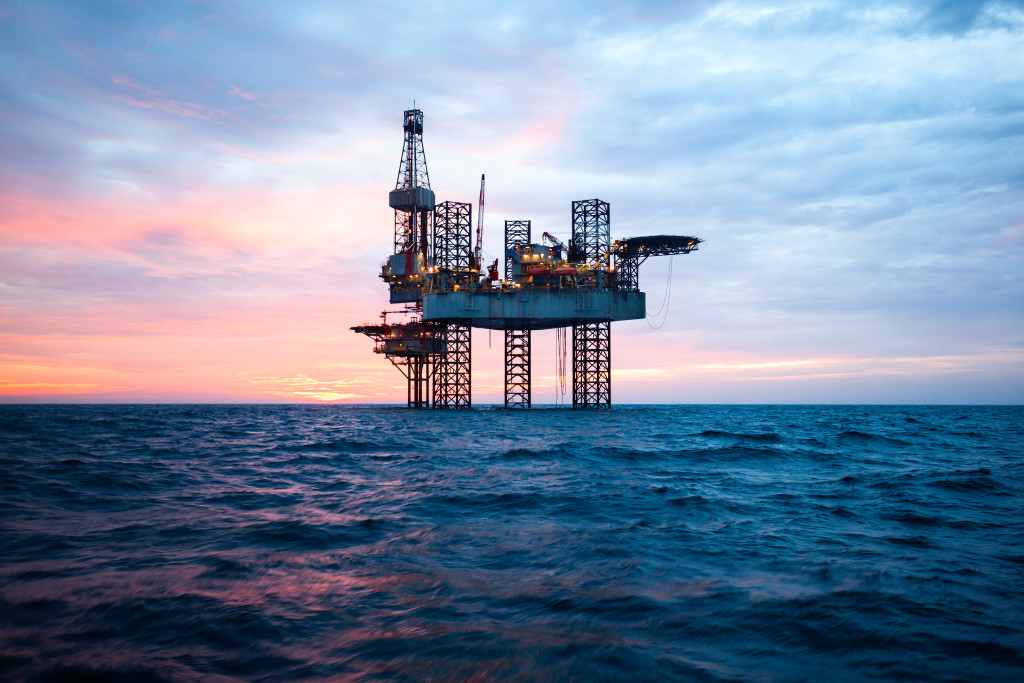Disclaimer: This website provides health information for educational purposes only and is not a substitute for professional medical advice, diagnosis, or treatment. Always seek the guidance of a qualified healthcare provider with any questions you may have.
- Oil rigs are essential for the oil and gas industry, providing a way to access the energy reserves beneath the earth’s surface.
- There are two main types of drilling rigs: onshore and offshore, with specialty rigs also available.
- A typical oil rig is composed of components such as a derrick, rotary table, crown block, mud pumps, and a transducer.
- Personnel on oil rigs must follow safety protocols such as wearing the proper PPE, being familiar with fire safety procedures, and more.
Oil rigs are an essential part of the oil and gas industry. They are used to extract, transport, and store crude oil and natural gas. Without these vital machines, it would be impossible to access the vast energy reserves beneath the earth’s surface. But what do you need to know about oil rigs? Here are some of the essential things you need to know about oil rigs:
Types of Oil Rigs
There are two main types of drilling rigs: onshore and offshore. Onshore rigs operate on land and generally have shallow wells that can be drilled relatively easily. Offshore rigs, on the other hand, are floating structures located in large bodies of water that are used to drill deep wells in search of oil reserves.
In addition, there are also specialty rigs such as directional drills that can access reservoirs from various angles and extended-reach drills which can reach depths up to 40,000 feet below the ocean floor. The average cost of an oil rig is around $14 to 25 million. Quite expensive, but you can get it for less if you buy used oil rigs. Here are the different parts of an oil rig you need to know:

Derrick
One of the first things you’ll see is the derrick. The derrick is a tower-like structure that stands above the rig and supports the drill string (pipe) as it is lowered into the well. This is where drilling operations are performed, such as adding or removing sections of pipe, controlling pressure, and handling materials needed for drilling.
Rotary Table
The rotary table is a flat disc with an opening in its center that sits atop the derrick. It is used to rotate the drill bit and apply torque to it, which helps break up rock formations below ground
Crown Block
The crown block is located at the top of the derrick and is used to raise and lower the drill string. It consists of a metal frame with several pulleys or blocks attached to it.
Mud Pumps
Mud pumps are responsible for circulating drilling mud, which helps keep the well stable, lubricates the drill bit, and removes cuttings from deep in the well. The pumps are powered by large engines usually located on the back of the rig.
Transreducer
Lastly, there’s the transducer, a device that converts energy from the rig’s mechanical system into electricity. This electricity powers the various systems and components of the oil rig, including pumps, engines, and other electrical equipment. It’s essential to have a robust hammer union pressure transducer for reliable operation. This transducer can be customized and adapted for different applications. It can make a huge difference when it comes to your efficiency.

Safety Measures
Safety is paramount when working on an oil rig, so all personnel must follow strict safety protocols at all times. When using an oil rig, here are some safety measures you need to implement among your workers:
Personal Protective Equipment
One of the most important safety practices is always wearing the required personal protective equipment (PPE). This includes hard hats, eye protection, steel-toe boots, and high-visibility vests.
Fire Safety
Fires are a common hazard in the oil industry. It’s essential to ensure all personnel is familiar with fire safety procedures in case of a fire emergency. Everyone should know how to activate the alarm, use fire extinguishers, and evacuate the area if necessary.
Emergency Response
In an emergency, personnel should always know how to respond quickly and effectively. This includes knowing how to shut down the rig safely and where the nearest medical facility is.
Hazardous Material Handling
Finally, all personnel should be familiar with the proper handling and disposal of hazardous materials. This includes knowing the correct safety precautions to take when using hazardous chemicals and storing them in containers labeled for their specific purpose.
By taking these safety measures and following industry regulations, you can ensure that your oil rig operates safely and efficiently. Oil rigs are incredibly complex machines, but with the right knowledge and expertise, you can make sure yours runs like a well-oiled machine.




